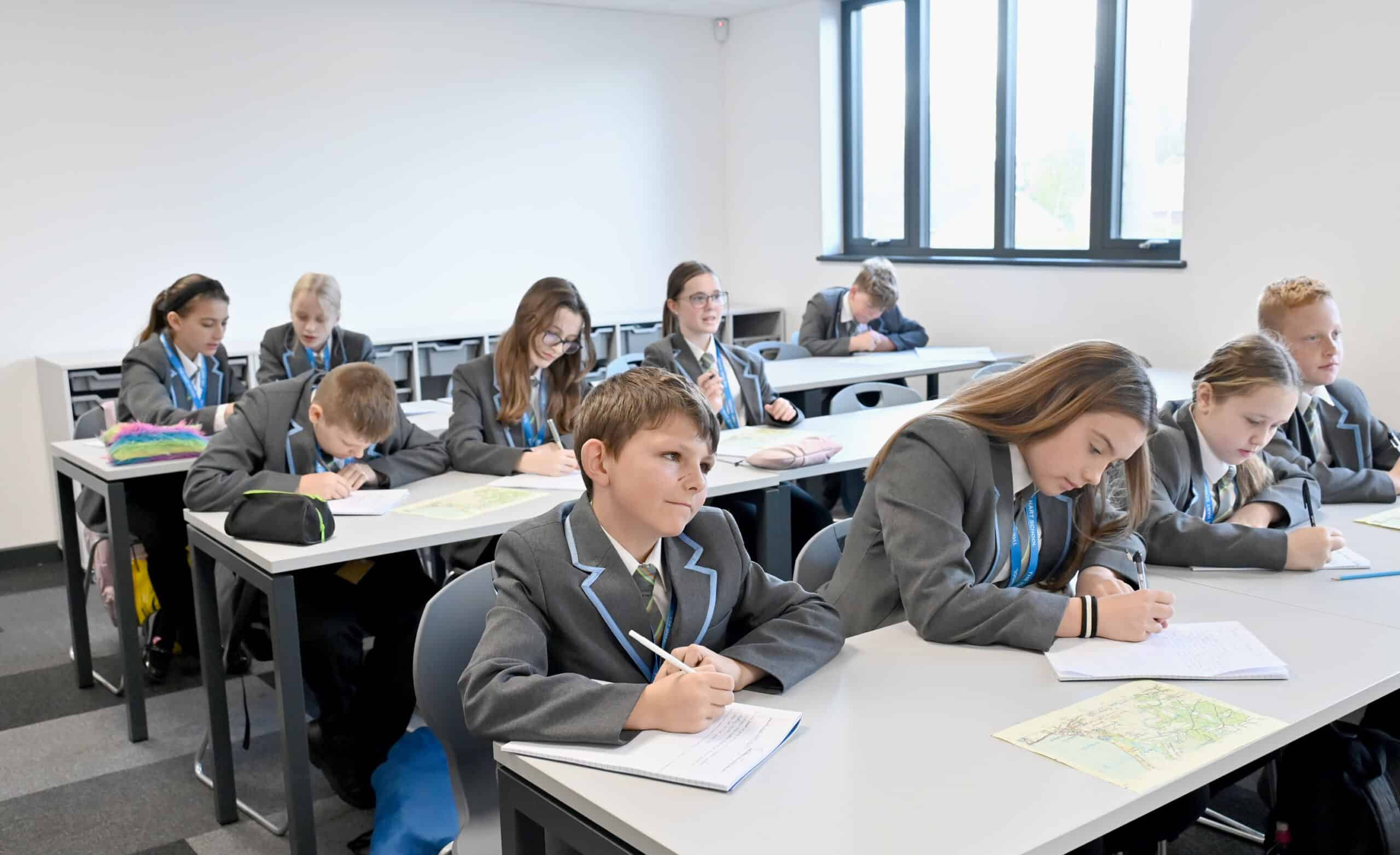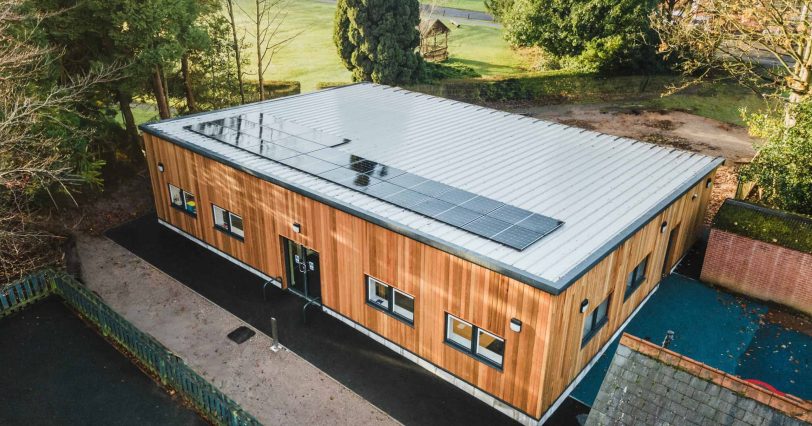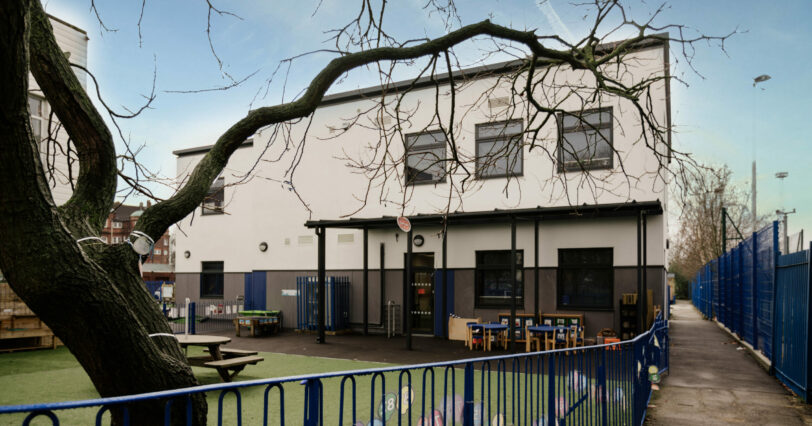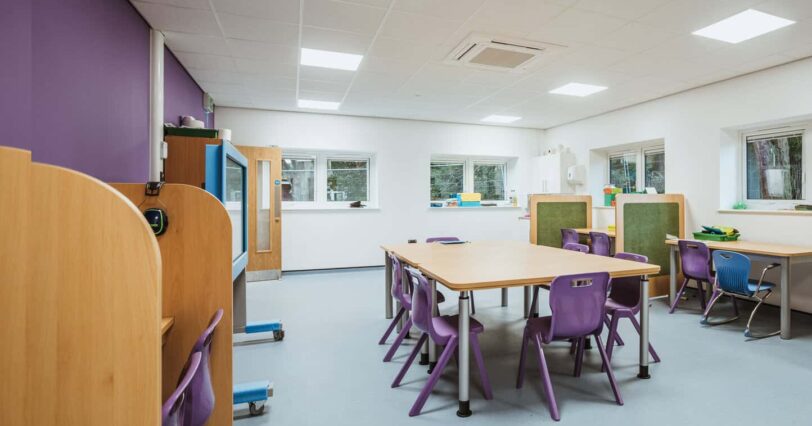Fire safety compliance is a core health and safety priority in schools and other educational establishments. Whilst rare, fire is an ever-present risk for any building, meaning that it is vital for the correct procedures and regulations to be followed, and risk assessments to be undertaken regularly. But what policies are in place to create fire safe facilities for schools, and what value can offsite manufacturing bring when it comes to fire safety?
What fire safety policies are in place for new buildings?
In the UK, there are a number of regulations and standards that have been established to maintain a high standard of fire safety in new buildings. First and foremost are the Building Regulations 2010 – a comprehensive set of statutory instructions which uphold the safety and performance of new buildings. Among other focuses, these regulations provide a foundation for enforcing a high level of fire safety which are largely covered in Part B, Schedule 1. Example regulations include:
- Materials or products used to line walls, ceilings or other internal structures must ‘adequately’ resist the spread of flame.
- A building’s design and construction should ensure its stability for a ‘reasonable period’ in the event of a fire.
- A building should be designed and constructed in a way that enables firefighters to protect lives.
In the context of schools, where the close proximity of classroom blocks with other facilities increases the risk of fire spreading, it’s essential that new buildings comply with the Regulations’ statutes on external fire resistance. For example, a building’s roof needs to resist the spread of fire across the roof and other buildings (B4.2), whilst walls common to two or more buildings must ‘adequately’ resist the spread of fire between those buildings (B3.2).
At Net Zero Buildings, all of our products are developed in full compliance with the Building Regulations and the Building Bulletin 100: Design for fire safety in schools – a landmark design guide that has brought a step change in the fire protection new schools buildings afford. Covering everything from the Building Regulations and the cause of fires, the Bulletin offers a best practice approach for designing school facilities. It even includes a section on considering ‘special hazard’ areas, such as laboratories, kitchens and technology rooms with open heat sources, where the risk of fire is greater.
Fire safe in the hands of offsite manufacturing
When it comes to building work, fire safety is all about compliance, mitigation and quality control. Fire hazards can be just as present on a live construction site as they are in the final products themselves so it’s crucial that appropriate measures are in place to keep everyone safe.
Offsite manufacturing takes things one step further in this regard. Building components are precision manufactured in a quality-controlled factory environment, limiting the amount of materials and waste on site during the building’s installation. The fewer materials present on site, the less chance for a fire to break out or spread should they come into contact with combustible fuels or sparks from equipment.
The accuracy that offsite manufacturing affords also ensures a precise finish to the buildings once assembled, therefore enabling fire safety design details to be achieved.
Fire safety should not cost the earth
Fire safety compliance is probably one of, if not the most important considerations during the design and construction stage of any project. However, with many schools striving to improve their green credentials, does this protection come at the cost of sustainability?
With offsite manufactured building solutions such as those provided by Net Zero Buildings, certainly not. Our meticulous, innovative approach means that we can deliver fire safety compliant buildings that also allow our clients to achieve net zero in operation. It’s about striking a balance – for instance, maintaining our commitment to zero waste design, and testing the fire resistance of the walls and floor/roof assembly of new and existing buildings in line with the Joint Code of Practice 10.1.
As schools aim to inspire and develop the country’s next generation, there is no reason that fire safety should come at the cost of other building benefits. With offsite manufacturing, almost anything is possible!
Want to start a discussion on your next project? Talk to our team today.







